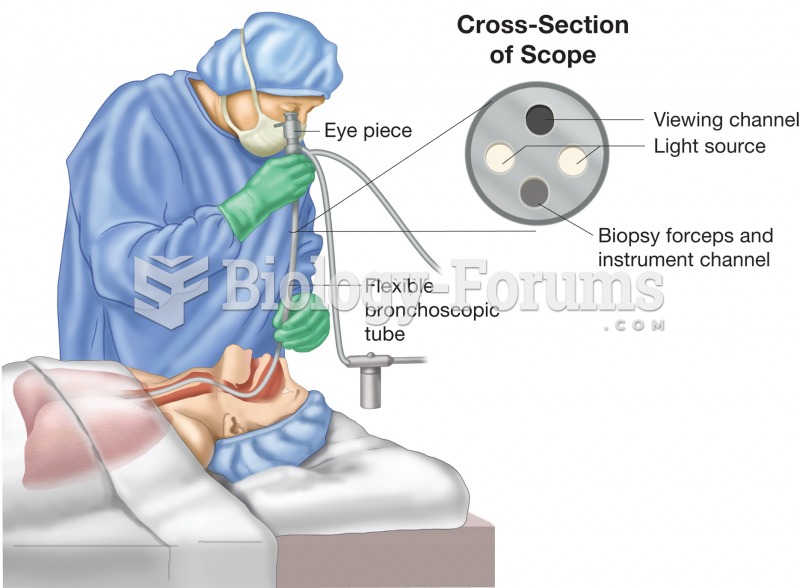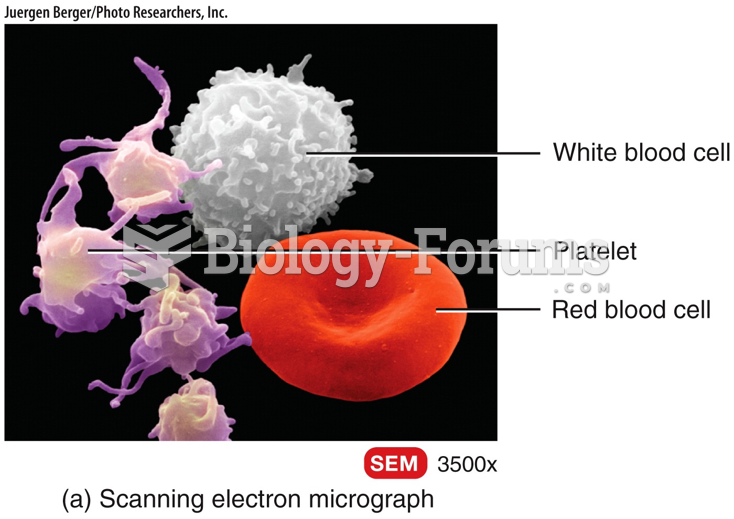Answer to Question 1
Since the pioneering work of Gustav Fritsch and Eduard Hitzig (1870), neuroscientists have known that direct electrical stimulation of the primary motor cortexthe precentral gyrus of the frontal cortex, just anterior to the central sulcuselicits movements. The motor cortex does not send messages directly to the muscles. Its axons extend to the brainstem and spinal cord, which generate the impulses that control the muscles. In most mammals, these axons connect only to interneurons, which in turn control motor neurons. In humans and other primates, some axons go directly from the cerebral cortex to motor neurons, presumably giving us greater dexterity. Human movements depend on both the axons to motor neurons and axons to interneurons.
The motor cortex is just anterior to the somatosensory cortex, and the two match up nicely. That is, the brain area that controls the left hand is near the area that feels the left hand, the area that controls the left foot is near the area that feels the left foot, and so forth. You need to feel a body part to control its movement accurately.
The primary motor cortex is important for making movements, but not for initial planning. One of the first areas to become active in planning a movement is the posterior parietal cortex which monitors the position of the body relative to the world. The prefrontal cortex and the supplementary motor cortex are also important for planning and organizing a rapid sequence. The premotor cortex is most active immediately before a movement. It receives information about the target to which the body is directing its movement, as well as information about the body's current position and posture. The prefrontal cortex, which is also active during a delay before a movement, stores sensory information relevant to a movement. It is also important for considering the probable outcomes of possible movements.
Answer to Question 2
a







